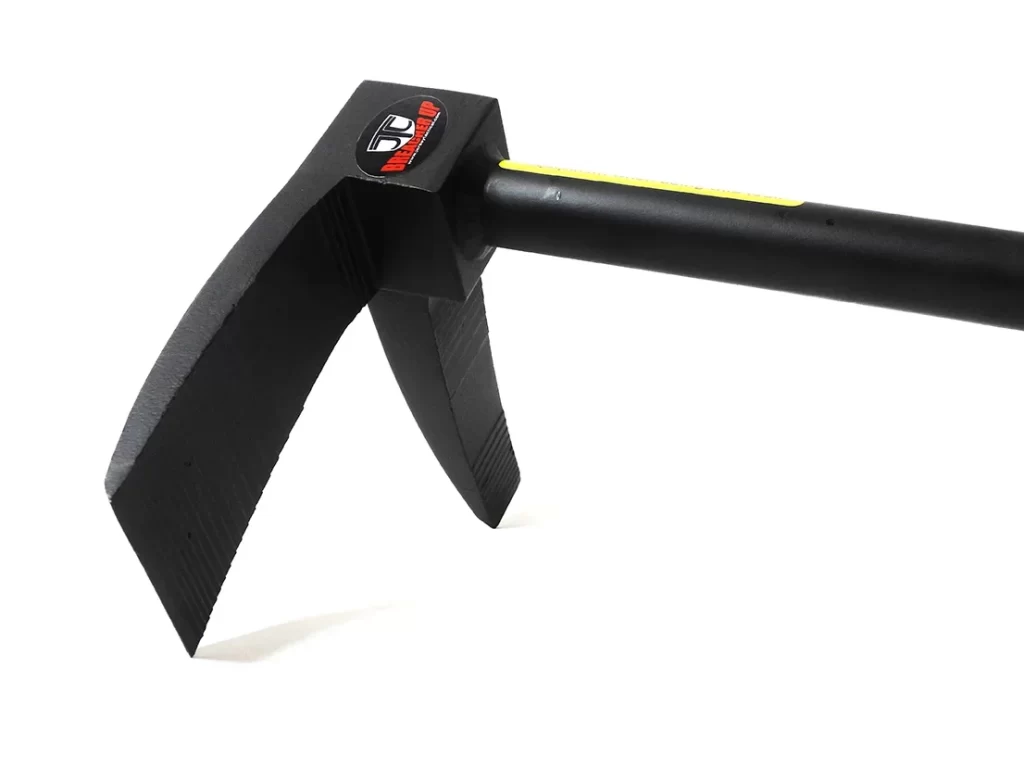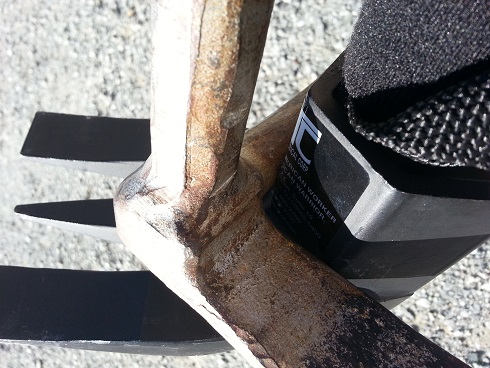Introduction
The Halligan tool is a multi-purpose tool used extensively in fire and rescue operations. Its design allows for a variety of forcible entry techniques, making it an essential part of any firefighter’s toolkit. This guide will focus on using the Halligan tool to open an inward-opening door, a common scenario in emergency situations.
Components of a Halligan Tool
Before delving into the techniques, it is important to understand the components of a Halligan tool. The tool typically consists of three main parts:
- Adze: A blade-like end used for prying.
- Pick: A pointed end used for puncturing.
- Fork: A forked end used for leveraging and prying.
Each component serves a specific purpose in forcible entry operations.
Preparing for Forcible Entry
Assess the Door
- Material: Determine if the door is made of wood, metal, or another material.
- Locks and Hinges: Identify the type and location of locks, as well as the position of hinges.
- Swing Direction: Confirm that the door swings inward.
Safety Precautions
- Protective Gear: Ensure all team members are wearing appropriate protective gear, including helmets, gloves, and eye protection.
- Team Communication: Clearly communicate the plan and ensure everyone understands their role.
Techniques for Using the Halligan Tool
Step 1: Setting the Tool
- Position the Adze: Place the adze end of the Halligan tool between the door and the frame, just above or below the lock.
- Create a Gap: Use a striking tool (such as a sledgehammer) to drive the adze into the gap. This will create a small opening between the door and the frame.
Step 2: Prying the Door
- Insert the Adze: Once the gap is created, insert the adze further into the opening.
- Leverage: Apply downward pressure on the Halligan tool to pry the door away from the frame. The goal is to widen the gap enough to access the locking mechanism.
Step 3: Attacking the Lock
- Position the Fork: With the gap widened, reposition the Halligan tool so that the forked end is aligned with the lock.
- Spread the Fork: Insert the fork around the lock and twist the tool to spread the fork. This action should break or displace the lock.
Step 4: Final Entry
- Use the Adze or Fork: If the door is still resistant, use either the adze or the fork to apply additional prying force.
- Open the Door: Once the lock is compromised, pull the door open using the Halligan tool as leverage.
Advanced Techniques
Using the Pick
- Attack Hinges: In some cases, attacking the hinges with the pick may be more effective. Insert the pick into the gap between the door and the frame at the hinge locations.
- Leverage and Pry: Use the pick to create leverage and separate the hinges from the frame.
Double Halligan Method
- Two Tools: In situations where one Halligan tool is insufficient, a second tool can be used for additional leverage.
- Coordinate Efforts: One firefighter uses the adze end while another uses the fork end to attack different points on the door simultaneously.
Common Challenges and Solutions
- Metal Doors: Metal doors can be more challenging to breach. Use the pick to create small punctures and leverage points.
- Multiple Locks: If a door has multiple locks, address the primary lock first, then move to the secondary locks using the same techniques.
- Reinforced Frames: Reinforced door frames require additional force. Consider using a hydraulic spreader in conjunction with the Halligan tool.
Conclusion
The Halligan tool is an invaluable asset for forcible entry, particularly for inward-opening doors. Mastering its use requires practice and coordination, but with the techniques outlined in this guide, firefighters can efficiently and safely breach doors in emergency situations. Always prioritize safety, communication, and proper technique to ensure successful entry.
By following these steps and practicing regularly, firefighters can become proficient in using the Halligan tool, ultimately enhancing their ability to save lives and protect property in critical situations.
LOOKING FOR FASTER AND BETTER? SEE THE VIDEO BELOW AND CHECK OUT THE JTC CLAW


